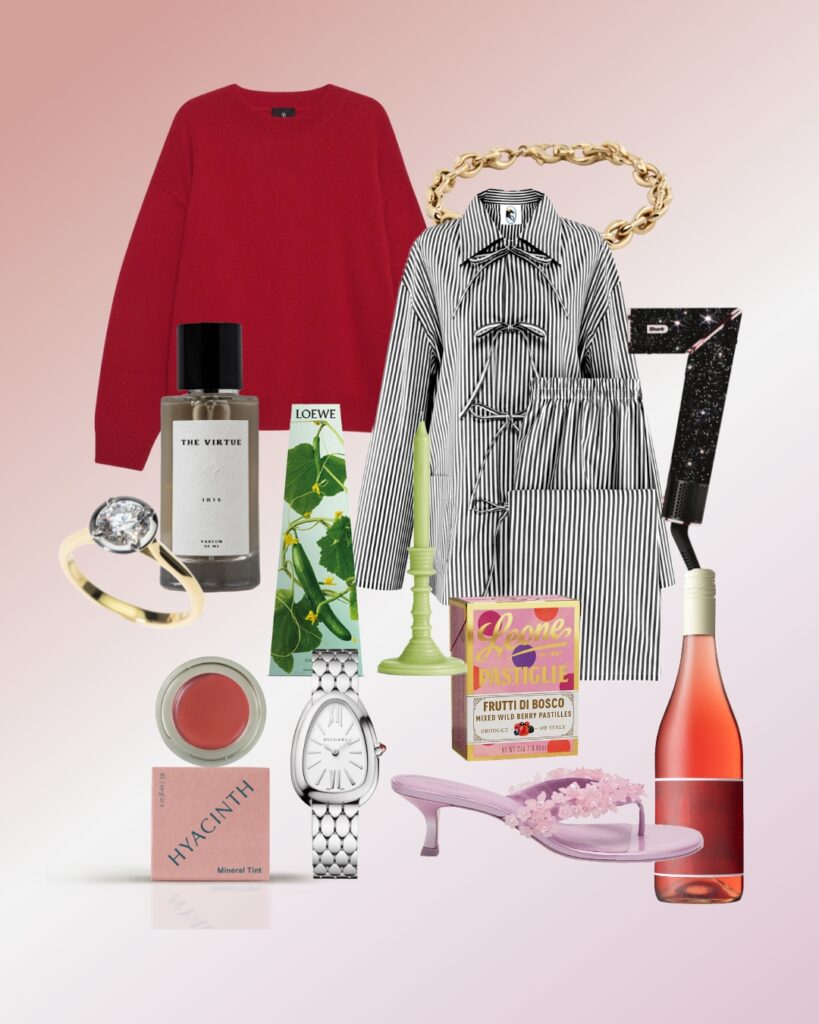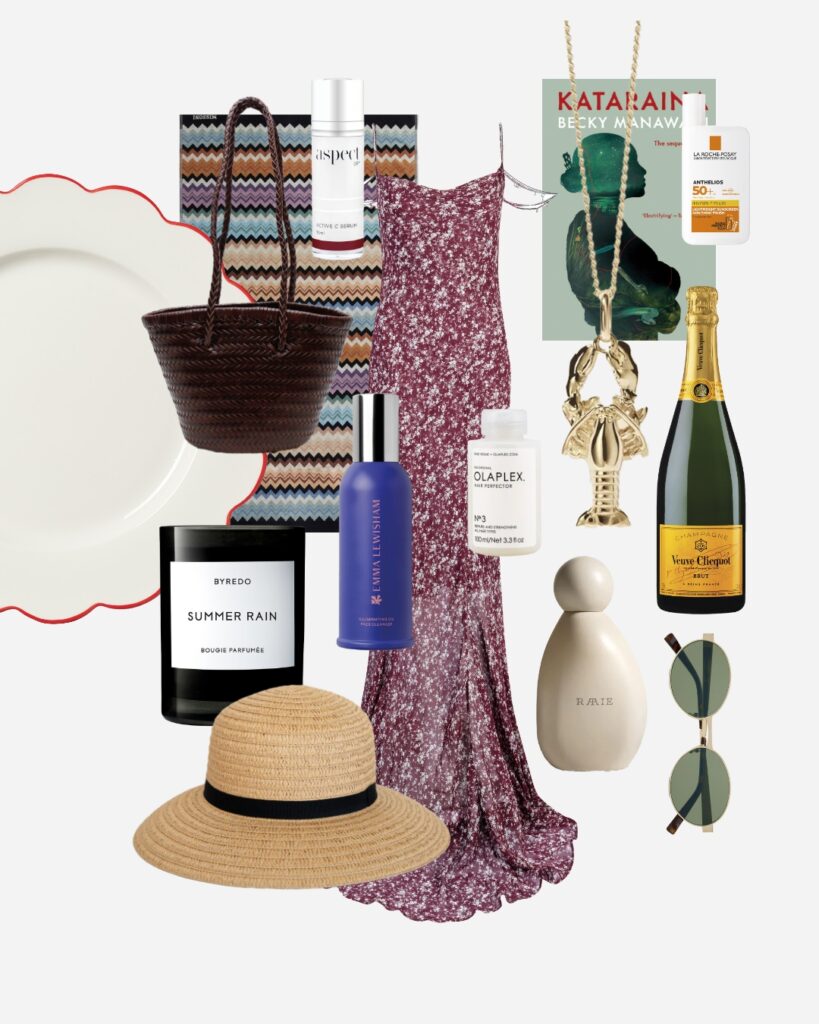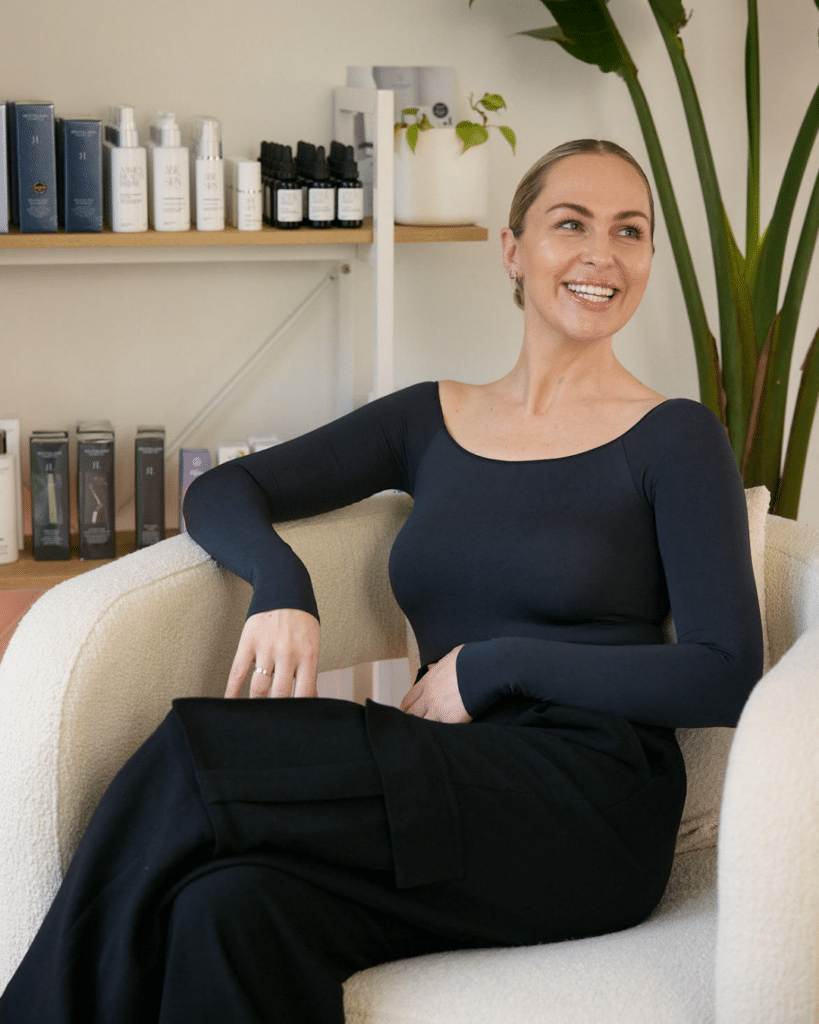Have you ever found your holy grail moisturiser turns on you suddenly and stops delivering results? There’s a reason for that: seasonal change.
The skin cycle
It turns out our mood isn’t the only thing affected by the weather. According to the experts, your streamlined three-step skincare regime is not universal year-round. Just like the seasons, our skin goes through different phases and as a result our skincare needs to adjust accordingly.
But it’s the sudden changes in weather that skin is particularly sensitive to. You know those four seasons in one day kind of days – cold spells, sunshine, humidity and wind – it can take a huge toll on our complexion. Then, when artificial heating and air conditioning is added to the mix, our skin barrier is thrown out of whack and has to work even harder to adapt and repair. Due to this our skin requires different types and levels of support throughout the year.
While not everyone will experience the effects of seasonal change to the same degree, below is a snapshot of the common issues we’re likely to experience each season and why.
Winter
In the winter, rapidly changing temperatures, from heated indoors to cold outdoors, are harsh on the skin and capillaries. The prolonged exposure to wet weather also slows down cell renewal and circulation, as well as strips the skin’s barrier function. Overall, you’ll notice your skin just doesn’t operate like it used to – not to mention the effects of winters ills and chills on skin performance! As your skin gets put through the ringer expect to see more dryness and irritation than usual – and most likely a duller complexion. While tempting, try to reduce frequency of super-hot showers and tone down the central heating.

Bobbi Brown Soothing Cleansing Oil, $86; Bees Brilliance Brightening Day Moisturiser from Life Pharmacy, $41.99; Elizabeth Arden Visible Difference Replenishing HydraGel Complex, $81; Ultraceuticals Ultra Rich Moisturiser Cream, $118; Trilogy Rosehip Transformation Cleansing Oil, $34.99
What your skin needs: Winter is all about retaining as much moisture as possible, as well as brightening and reducing dullness. “Try switching your cleanser to a balm, cream or oil in winter, which will nourish and cleanse without stripping the skin,” Scott recommends. When it comes to moisturisers, as a general rule, creams hydrate better than lotions as they form a physical barrier that locks in moisture. “A heavier moisturiser will help to retain vital hydration and support your skin’s natural barrier function,” adds Tracy Beeby, Global Skin Educator for Ultraceuticals.
Spring
Finally there’s light (literally) at the end of the tunnel. Spring is the safest and most skin-friendly of the four seasons. The chills of winter are replaced with a happy medium warmer temperature and less wind. However, allergies are out in full force and hay fever sufferers may find their skin extra sensitive.

Clinique Redness Solutions Daily Relief Cream, $100; La Roche-Posay Rosaliac AR Intense (anti-redness serum), $44.99; Kiehl’s Calendula & Aloe Soothing Hydration Masque, $70; Avene Antirougeurs Crème from Life Pharmacy, $40.70
What your skin needs: Pollen does not do wonders for our sinuses or skin, especially around the nose area which often ends up itchy and dry following sneezing fits. Thankfully, there are plenty of anti-inflammatory skincare remedies available to reduce redness and relieve irritation.
Summer
From humidity to UV damage, it’s easily the season that poses the most threat to our skin. Warmer weather is a breeding ground for bacteria and as a result it’s a season often associated with problematic skin. The texture of skin is generally oilier and shinier, which can further aggravate pre-existing skin conditions like eczema, hence lighter sensitive formulations are recommended during the warmer months.
Cetaphil Oily Skin Cleanser, $24.99; Skinsmiths Balancing Moisturiser, $66; Grown Alchemist Rose Balancing Toner, $41
What your skin needs: Due to a spike in oil production and sweat you’ll most likely need to make a few swap-outs in your skincare. Incorporate lightweight, oil-free alternatives where you can and a toner to maintain a healthy pH balance in the skin.
Words: Erin Berryman
Photos: Michael James Rooke for Fashion Quarterly, Issue 4, 2017, & Supplied
This article originally appeared on beautyheaven.












